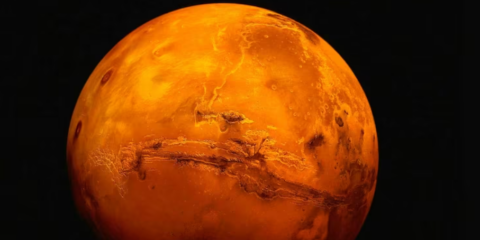
Planetary Science
SSTC scientists are world-leading across areas of Solar System and planetary exploration research, with a focus on planet formation, impact geology, the geological history of the Moon and Mars, and the origin and evolution of the Solar System. We are the largest planetary science research group in the Southern Hemisphere, and within Australia, account for 1/3 of Australia’s space science output (Web of Science, 5 year average 5.192 category “space science”).
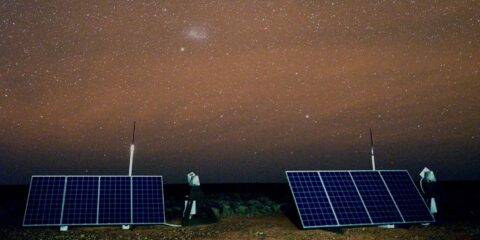
Space Domain Awareness
The Desert Fireball Network (DFN) and Global Fireball Observatory (GFO) began at SSTC, tracking fireballs with remote camera systems to determine their origins in the solar system and recover fallen meteorites. With Lockheed Martin Australia, SSTC also delivered technology for FireOPAL, providing 1000’s of detections per night of LEO/MEO/GEO satellites, with arc-second accuracy and results published in under 10 seconds.
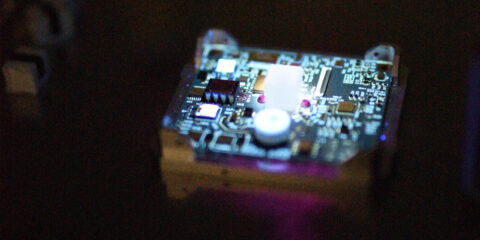
Spacecraft Engineering
Our vertically-integrated capability in space and planetary science, spacecraft design, manufacture, deployment, and operation is a unique strength, exemplified by our Binar Space Program (“Binar” means “fireball” in Noongar). Our first spacecraft launched in August 2021. Three more 1U Binar Pathinder-class spacecraft will fly in LEO in 2024. The first Binar Explorer-class spacecraft – spec’d for interplanetary missions – will fly in 2026.
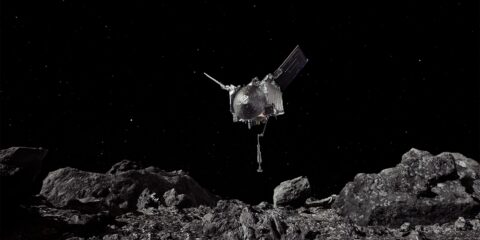
Space Missions
SSTC researchers have worked on multiple planetary missions. Our engineers have developed HW that is currently on the surface of Mars (ESA Beagle 2) and Titan (NASA/ESA Cassini Huygens), and SW for HXRS (Czech Republic) and Solar Orbiter (ESA). Our researchers are on Lucy (NASA), OSIRIS-REx (NASA), Hayabusa 2 (JAXA), BepiColombo (ESA), MMX (JAXA), and LUMIO (ESA) science teams, and were previously on Hayabusa 1 (JAXA), Stardust (NASA), Beagle 2 (ESA), and GRAIL (NASA).
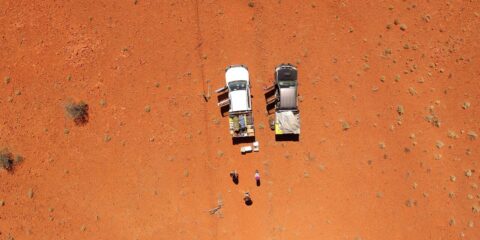
Fieldwork
SSTC researchers do fieldwork all over the world, from the Sahara to Antarctica. The Desert Fireball Network team specialise in deep-field expeditions, searching for meteorites in remote desert regions, with experience and equipment that allows them to respond rapidly to a meteorite fall anywhere in Australia.
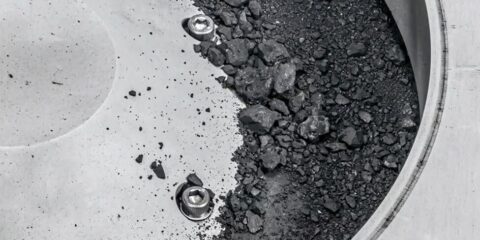
Sample Analysis
A particular strength is sample analysis, enabled by the world-class facilities of the John De Laeter Centre. SSTC scientists have worked on material recovered by every sample return mission of the modern era and are world-leading in analysis of meteorites (including Martian meteorites), Moon rocks, interplanetary dust, impact rocks, and the oldest terrestrial minerals and rocks.

Student Engagement
Space science and spaceflight inspires. SSTC is committed to bringing the excitement what we feel, working in this field, to members of the public and the young scientists and engineers of the future. BinarX, funded by the WA State Government, is a program that allows high school students to develop and fly payloads on Binar spacecraft. Currently 9 HS teams, and 130 students, in WA are participating.
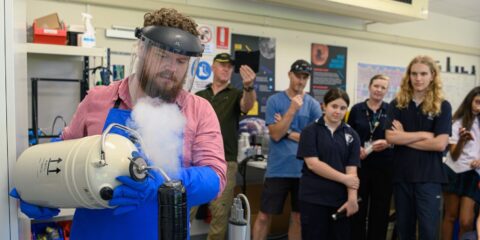
Teaching and Education
Our staff are passionate about space and learning, and lead units and space specialisation courses at Curtin for science and engineering students. We cover everything from first year planetary science (GEOL1007) through to space systems design (AERO3000), earth observation from space (SPAT3013) and a project to design and building your own spacecraft (AERO3001). Explore relevant courses at our ‘Opportunities’ page.
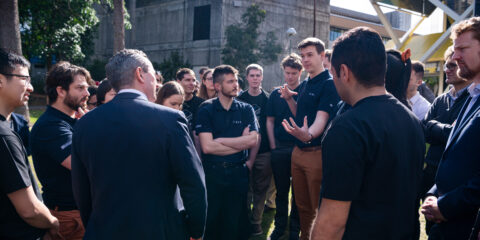
Workforce Development
Binar is an entirely homegrown program – 90% of our team are current or former Curtin or UWA graduates. The Program feeds into, and benefits from, the BinarX high school program, and spacecraft engineering units at Curtin University that give our students hands-on experience designing hardware that will fly in space. Those students become junior staff engineers – the first step on a career in spacecraft engineering.
